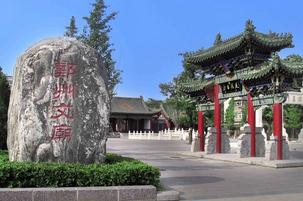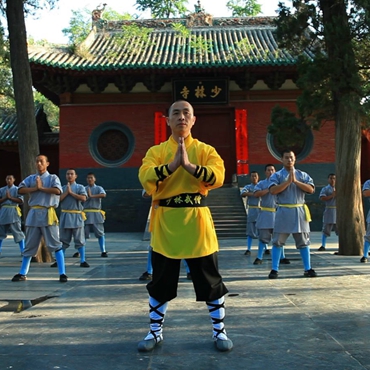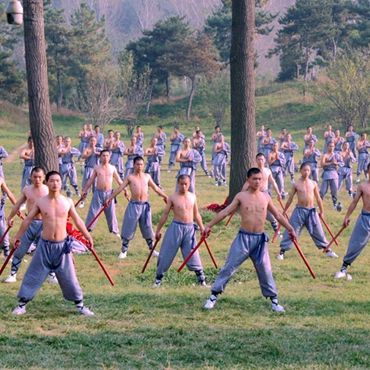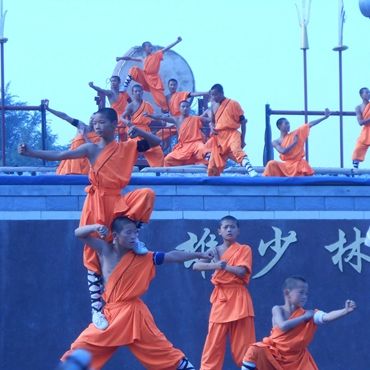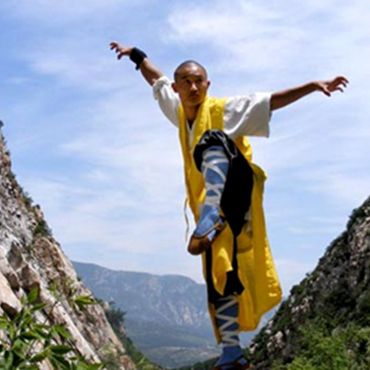Temple of Town God
The Zhengzhou Temple of Town God (Cheng huang miao), built during the Ming Dynasty (1368-1644 AD), used to be a structure of imposing beauty, with many halls and grand gates. After many calamities and years of neglect, the temple nowadays has lost much of its function as a religious site. The rooms of the temple are now used for storage, as exhibitions of art and culture that are mostly temporary, and as a residence for the attendants who live and work there. The Main Hall is particularly illustrative of the changes that the past has had upon this religious site, a mural that runs along three of the walls represents the outstanding morals of the socialist revolution.
The buildings, although renovated within, still retain the typically Ming Chinese style, while the decor is often impressive: wood and brick carvings are scattered about, elegant roof and mural designs and phoenix and dragon sculptures (best in the First Hall) abound. The wooden lattice windows are particularly nice, making it a little easier to imagine the temple in all its old glory. The highlight of the site is the statue of the Town God, Chenghuang, which resides in the Main Hall, beneficently dressed in judicial costume.